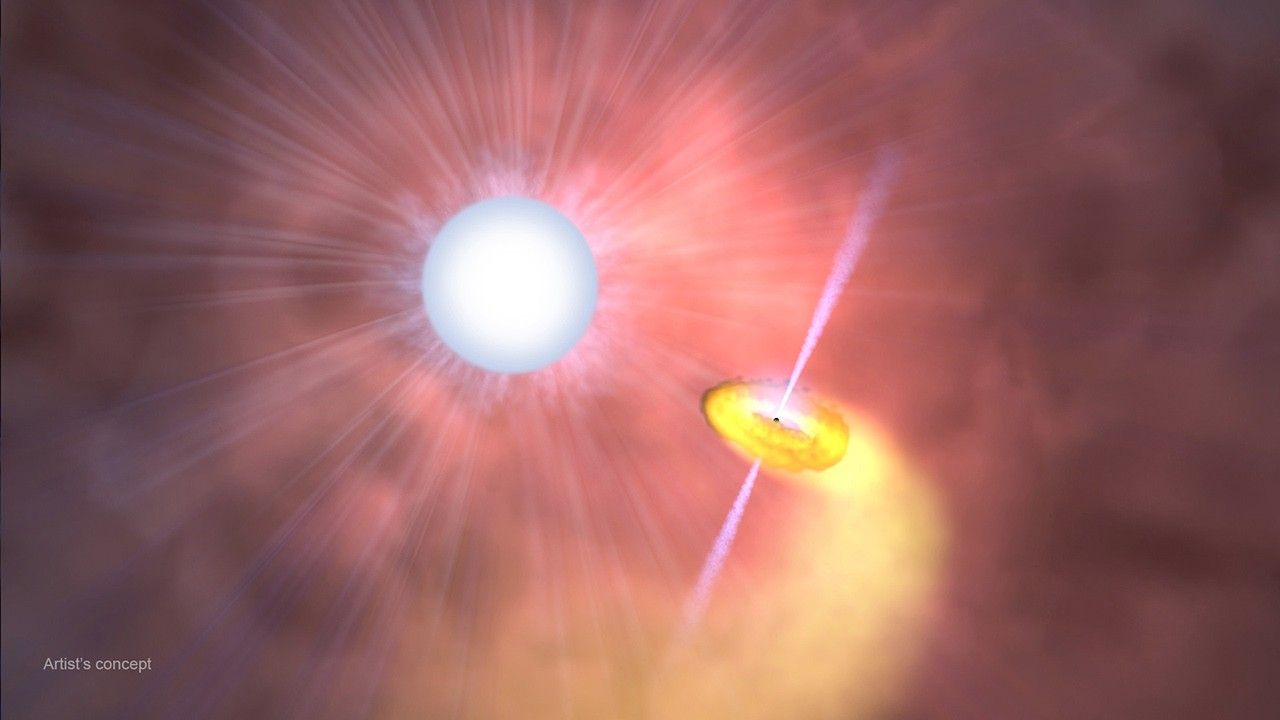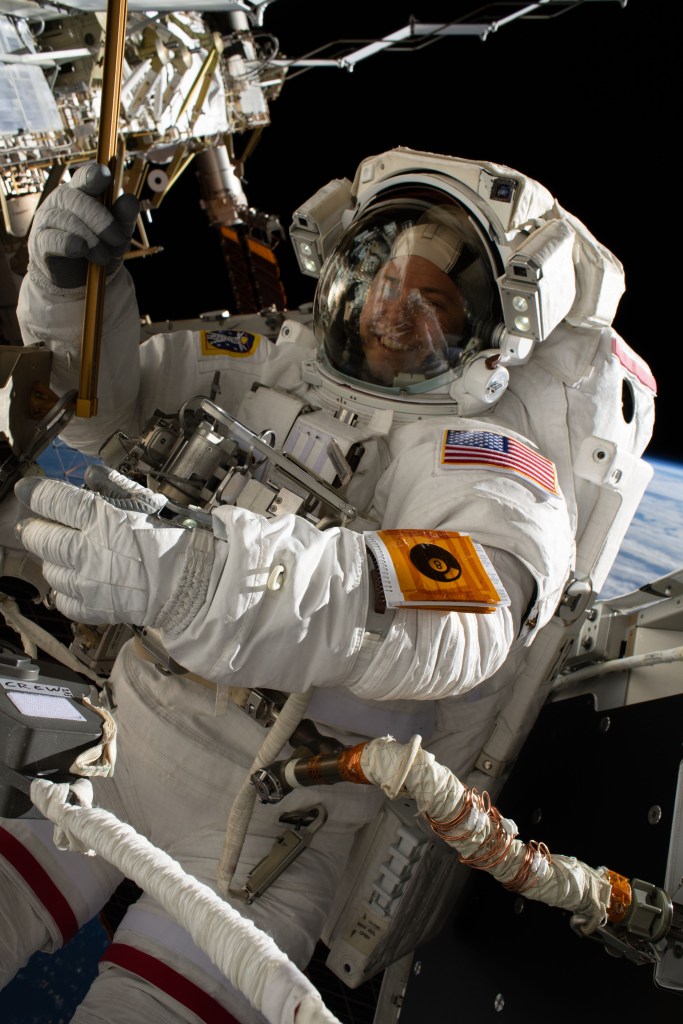Orbital Space Stations

Introduction
Orbital space stations are critical for human space exploration as essential platforms for conducting scientific research, testing technologies, fostering international collaboration, and providing a sustainable environment for astronauts to live and work, paving the way for future deep-space missions and long-term human presence beyond Earth. NASA, along with its international partners, has been continuously involved in the construction, maintenance and operation of the International Space Station (ISS) since the 1990s. The ISS serves as a microgravity and space environment research laboratory, where scientific research is conducted in astrobiology, astronomy, meteorology, physics, and other fields. NASA is supporting the development of commercially-owned and operated Low Earth Orbit (LEO) destinations from which NASA and other customers can purchase services and stimulate the growth of commercial activities in LEO through its Commercial LEO Development Program. Finally, we are developing humanity’s first space station around the Moon with the Gateway Program, from which international teams of astronauts will explore the scientific mysteries of deep space.
Johnson Space Center (JSC) has diverse capabilities and a vast experience base critical for the design, development, testing, integration, deployment and operation of orbital space stations. From the Space Vehicle Mock-up Facility (SVMF) for training and operational assessments, to advanced robotics testing and human engineering expertise, JSC invites its partners to leverage our decades-long expertise in designing, building and operating space stations. Together, we can pioneer new frontiers, advance scientific research and propel the future of human space exploration.
International Space Station Program
The International Space Station (ISS) was designed between 1984 and 1993. Elements of the station were in construction throughout the US, Canada, Japan, and Europe beginning in the late 1980s. The International Space Station Program brings together international flight crews, multiple launch vehicles, globally distributed launch and flight operations, training, engineering, and development facilities, communications networks, and the international scientific research community.
Read more:
https://www.nasa.gov/international-space-station

Gateway Program
Gateway is central to the NASA-led Artemis missions to return to the Moon for scientific discovery and chart a path for the first human missions to Mars and beyond. The small space station will be a multi-purpose outpost supporting lunar surface missions, science in lunar orbit, and human exploration further into the cosmos. NASA is working with commercial and international partners to build humanity’s Gateway.
Read More:
https://www.nasa.gov/mission/gateway/
Commercial LEO Development Program
NASA’s Commercial Low Earth Orbit Development Program is supporting the development of commercially-owned and operated Low Earth Orbit destinations from which NASA, along with other customers, can purchase services and stimulate the growth of commercial activities in Low Earth Orbit. As commercial Low Earth Orbit destinations (CLDs) become available, NASA intends to implement an orderly transition from current International Space Station (ISS) operations to these new CLDs. Transition of Low Earth Orbit operations to the private sector will yield efficiencies in the long term, enabling NASA to shift resources towards other objectives. With the introduction of CLDs, NASA expects to realize efficiencies from the use of smaller, more modern and efficient platforms and a more commercial approach to meeting the Agency’s needs in Low Earth Orbit. In the longer term, the gradual emergence of additional customers for commercial Low Earth Orbit destinations will offer the opportunity for additional savings.
Read More:
Related Software
ISS Systems Integration Lab (ISIL) Operations Framework (RIM 10)






































